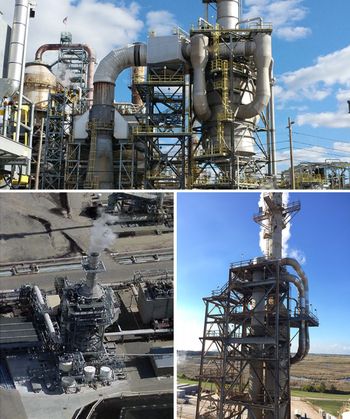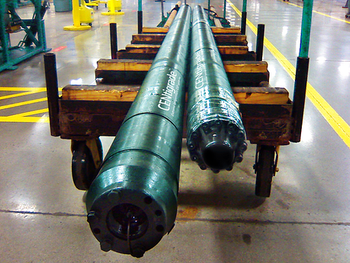
Concepts NREC Launches Agile Engineering Design System v2025.2
Key Takeaways
- v2025.2 enhances CAE and CAM for turbomachinery with improved workflows, volute modeling, and secondary leakage path capabilities.
- TurboOPT II now fully integrates with CFD solvers, optimizing performance and enabling advanced design exploration.
The new update improves volute modeling with enhanced 3D models and tongue geometries, in addition to expanded leakage path capabilities with a secondary network solver.
Concepts NREC recently unveiled an updated version of its Agile Engineering Design System (AEDS):
“We are always excited for our CAE and CAM software releases,” said Thiago Ebel, Director of Technology and Innovation, Concepts NREC. “It is when we put months (and sometimes years) of hard work and translating market needs and customer feedback into powerful new features and tools. But this one is particularly exciting for us.”
v2025.2 adopts a new strategy for volute modeling with enhanced 3D modeling and tongue geometries, in addition to expanded leakage path capabilities in the 1D thermodynamic cycle calculation tool, CYCAL, via a secondary network solver. Also, the TurboOPT II product was improved to integrate fully with computational fluid dynamics (CFD) solvers like ADS Code LEO and Ansys CFX, allowing a higher degree of optimization.
Other new features include:
- ARMD rotordynamics and bearing analysis package offers a honeycomb seal option
- MAX-SI contains new blade finishing options, allowing cross pocket passes and blending
- Users can plot process parameters like axis reversals and drill/drag angles to analyze and optimize toolpaths
- MAX-PAC produces 5-axis machining toolpaths, with added advanced tools to analyze and optimize toolpaths for improved insight and control
“It delivers on our commitment to integrated workflows and continuously integrating 'real-world' physics, such as secondary flows and seals, which are too often ignored in the design phase and then become costly surprises on the test rig,” said Ebel. “By solving these challenges and utilizing advanced automatic workflows, we're helping our customers push the boundaries of performance in ways that are actually achievable and manufacturable.”
V2025.1 Upgrade
In April, Concepts NREC launched the
- Advanced rotating machinery dynamics software, which can be launched in real-time from within AxCent to analyze rotordynamics during the design phase
- A thermodynamic cycle analysis software, CYCAL
- ADS Code LEO, a new CFD code powered by a graphics processing unit (GPU) that operates 15 - 120x faster than current CFD solvers
The new modules feature secondary flow models for seals in all meanline codes, simplified transfer of seal geometry to AxCent and pbCFD, and leakage-path analysis in pbCFD. TurboOpt II has also been updated with a Design of Experiments feature, which allows users to explore design tradeoffs across the system. Lastly, the MAX-PAC machining software’s MAX-SI module was upgraded to perform the five-axis fabrication of integrally shrouded impellers.
Ansys with Concepts NREC
Newsletter
Power your knowledge with the latest in turbine technology, engineering advances, and energy solutions—subscribe to Turbomachinery International today.




